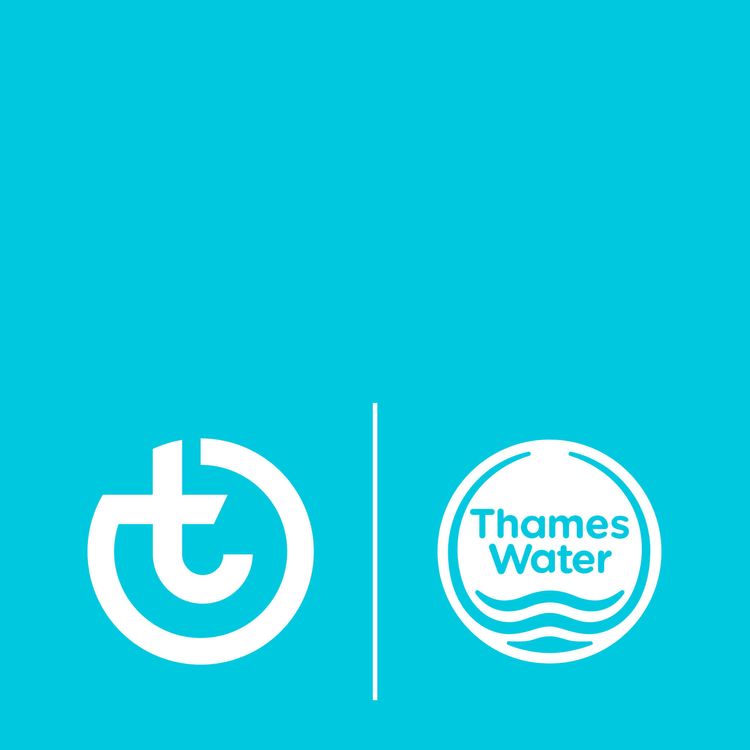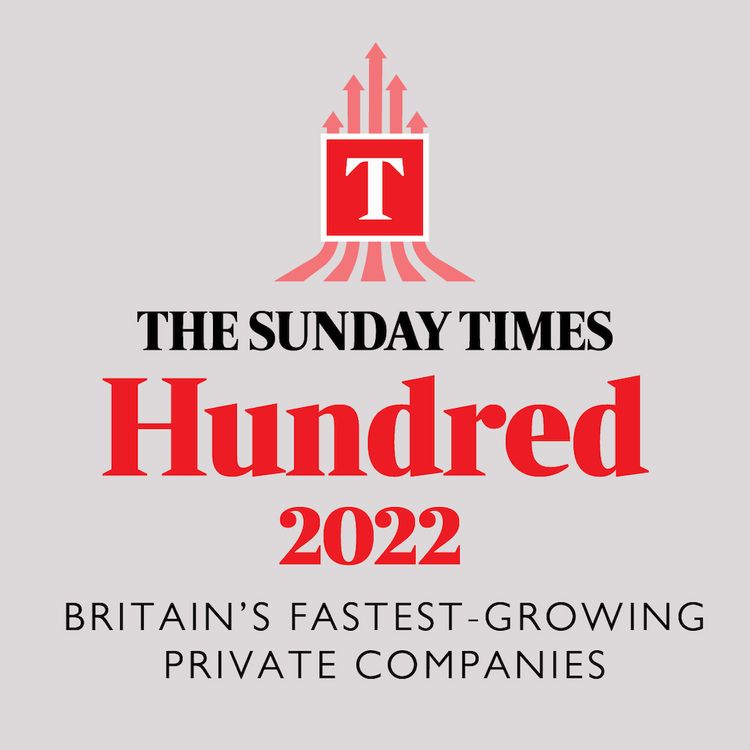Empowering Thames Water to own its digital transformation
Helping Thames Water decouple from complex and costly legacy technology contracts, migrate to modern cloud-based platforms, and build a team of skilled system engineers.

“Mind the gap” is ubiquitous in London’s underground and railway. Floor signage and voice announcements remind us daily to look after ourselves and those around us. Of course we all want to avoid falling into the gap between the edge of the platform and the carriage, but “mind the gap” means more than that. It’s an integral part of the London travel experience that we feel has to be there — largely because it always has been.
So, would I dare to question the need for “mind the gap”? Gut instinct is no. Crazy idea.
However, history has taught us that the “crazy” and “impossible” sometimes is possible. We landed on the moon with computing power that could perform around 40,000 instructions per second — far less than the 10 billion of a typical laptop. This makes me think that we can overcome the challenge of living without “mind the gap” too.
What makes these things possible is the power of experimentation. In this article, I look at how experimentation can help us ask progressive questions, adapt to a fast-paced tech-driven world, and produce low-cost ideas before scaling the right ones.
Experimentation is the foundation of the scientific model — a systematic means of exploring the world around us. Experimentation is not about creating the right solution. It is about striving for better solutions.
Remember back in high school, when science teachers shared a hypothesis-based framework to help us learn? This was an experimental evidence-based approach. We were asked to make observations of the world around us, then attempt to form an explanation or hypothesis to explain what we had observed. We then tested this hypothesis by predicting an outcome based on our theory. If the outcome was achieved, we had proven our theory.
What do we learn from this? That an experiment is a structured way of asking questions. With the help of history, we have learned that success is dependent on large numbers of these experiments. Thomas Edison and his associates worked on at least 3000 different theories to develop an efficient incandescent lamp. And to use a more modern example, Google’s experiment graveyard has no less than 273 product entries.
Let’s continue thinking about how experimenting works in the modern world. When we create digital experiences, we have to acknowledge that creating and optimising them is a messy and creative endeavor that we won’t get right the first time. Change is constant around us, and we must continuously find ways to adapt to it.
The digital medium is all about speed. By contrast, removing elements in physical spaces, such as “mind the gap”, cannot happen at the click of a button.
But speed comes at a price.
Speed makes it too easy to point in the wrong direction longer than expected, especially without feedback loops that provide leading and lagging indicators.
It also makes it too easy to jump straight into a solution without understanding the infinite opportunity space (problems, needs and wants) first. In turn, this can mean the quality of the thing you’re creating suffers because you are misaligned with the demand.
Finally, it is too easy for egos to dominate decision making by jumping straight into “Could we do it? Then we will”. Instead, we should practice discipline to prioritise asking “Should we do it?”. Experimenting to see whether we should indeed do it gives us the chance to learn quickly and cheaply by faking it before we make further commitments. We never fail. We always learn.
An experiment card is a great artefact to facilitate experimentation. It offers a structured approach and can easily be used as a reference point throughout the experimentation process.
I have designed a digital experiment card and Excel sheet to help you out. You can add a hypothesis, experiment design steps, metrics, learnings, and experiment strings. I've also made a one-page guide in the form of a filled-out experiment card and some tips.
I recommend using the Word format to easily modify the template, the PDF format to import into Mural or Miro, and the Excel format to facilitate reporting as the number of experiments grows.
We hope these freebies help you eliminate opinionated decision making, reduce fear of failure, increase your number of experiments, and create better solutions. Happy experimenting!

Helping Thames Water decouple from complex and costly legacy technology contracts, migrate to modern cloud-based platforms, and build a team of skilled system engineers.

Tecknuovo are ranked 78th on the Sunday Times 2022 100 Fastest-Growing Companies list. This list recognises the fastest-growing private companies in the United Kingdom.
Supplier dependency has been a norm in technology consulting for too long. We explore how organisations can set themselves free with Zero Dependency.
Get the inside scoop — delivered straight to your inbox.